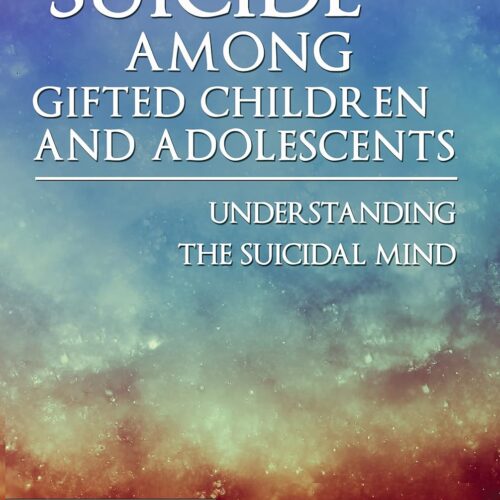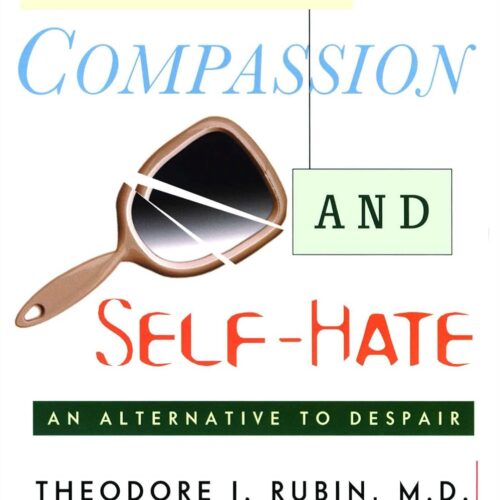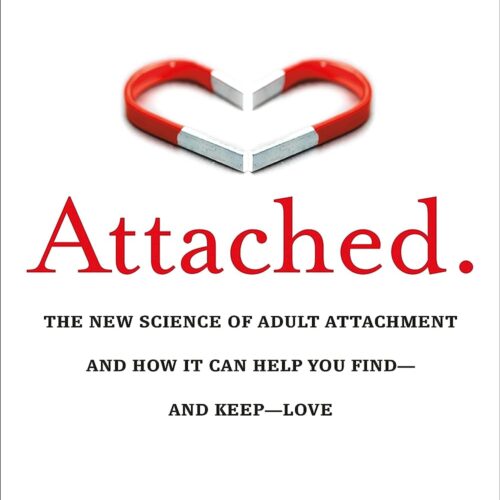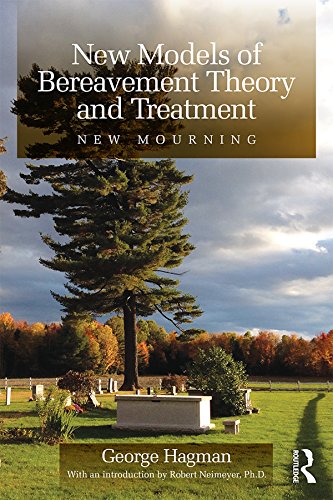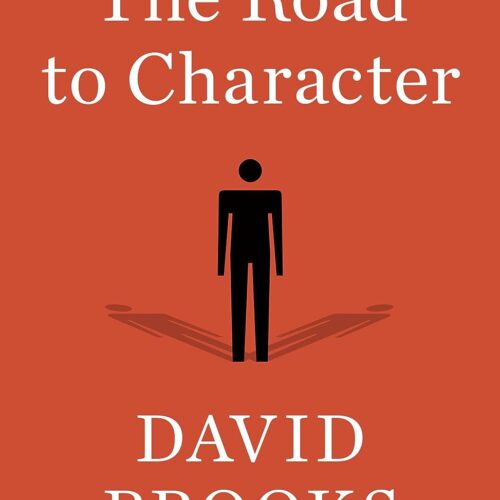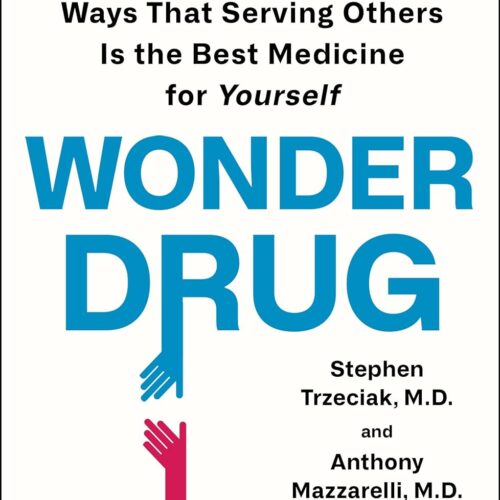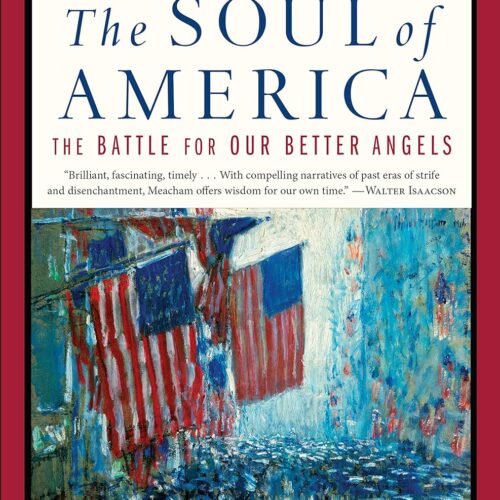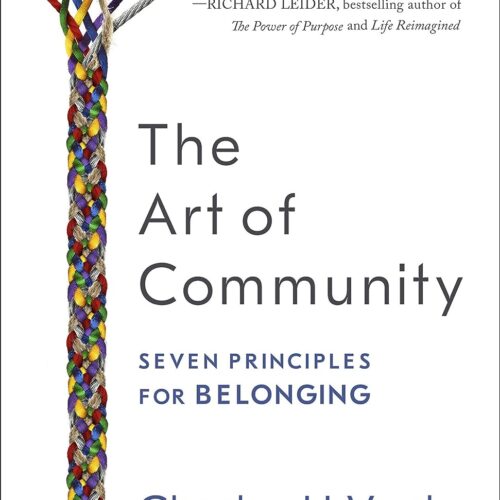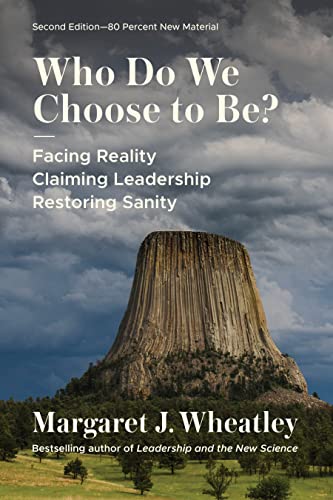Robert Bogue
December 18, 2023
No Comments
Margaret Wheatley’s work was a recommendation from a friend. In a chance part of our conversations, he shared his reverence for her and her work. That’s why I picked up Who Do We Choose to Be?: Facing Reality, Claiming Leadership, and Restoring Sanity. There’s the slightest hint of fatalism in how the world will disintegrate and our societies will crumble. However, through it all, there’s a sense that we have the capacity to grow and learn as a living system.
The Fate of Empires
Wheatley explains that her work builds on the works of Joseph Tainter from The Collapse of Complex Societies and Sir John Glubb in The Fate of Empires and Search for Survival. She directly shares Glubb’s ages:
- Pioneers – In the age of pioneers, fearless, courageous people form the new empire.
- Conquest – In the age of conquest, they take control of others, organizing their might for the good of the empire.
- Commerce – In the age of commerce, with borders secured, they turn towards material wealth and comfort.
- Affluence – In the age of affluence, service ethics begin to wane and are replaced with a new degree of selfishness.
- Intellect – In the age of intellect, intelligence increases and spends endless time debating rather than acting while the empire declines around them.
- Decadence – The end age of decadence worships the idols of celebrity and descends into behaviors including narcissism, consumerism, materialism, nihilism, fanaticism, and high levels of frivolity.
Living Systems
Wheatley calls it the “arrow of time.” It’s the tendency towards entropy. It’s chaos ultimately unwinding the clock of creation. However, she explains that this is only one view of things. Another view is of living systems that continue to move in the direction of order and of converting information through an energy process.
Living systems is a way of viewing the universe. Images of Organization invited us to view organizations as organisms – living organisms. Wheatley suggests that we apply this thinking to everything. There’s reason to believe that this is a reasonable approach. When we went to revisit Darwin’s survival of the fittest through Dawkin’s Selfish Gene, we discovered Robert Axelrod’s Evolution of Cooperation and stumbled upon SuperCooperators putting an end to the question of Does Altruism Exist?. We discovered that the only way for cooperation and altruism to have evolved is for higher-and-higher levels of organization to generate them.
Even inside living systems, there are higher levels of systems that evolve to create structures where there were none. While there is this natural tendency to greater organization, we cannot ignore the challenges that we’re creating in the world. We can’t blindly believe that we’ll find a new technology or approach that will undo all the damage that has been done. Ronald Wright labeled this “The Progress Trap,” and Wheatley asserts that this is a major factor in accelerating decline.
Change to Preserve
People, organizations, and societies resist change. In fact, organizations and societies are designed to resist change. Given this, how is it that changes ever happen? The answer seems to be that the motivators line up such that the organism or society – or person – perceives they have no choice. Thomas Gilovich explains in How We Know What Isn’t So how we’ll deny what we don’t have to accept. However, at some point, we must accept that what we believe or what we’re doing is no longer working. It’s at that point that the system will accept changes – begrudgingly.
When Facts are Fiction
Perhaps the most concerning observation that Wheatley shares is the one that there comes a time when we’re no longer concerned with facts but are instead more focused on personal beliefs. Going to Extremes begins exposing the process by which this can start to happen; however, there aren’t complete answers.
There’s a group of people who believe the Earth is flat. The Flat Earth Society is a real association with members around the globe. (I couldn’t help it.) They’ve steadfastly refused to believe other scientists, pictures, and any other evidence that the world was not, in fact, flat. In the documentary, Behind the Curve, they decided to set up their own experiment. The short version was to fire a beam of light parallel to the Earth along water, so they knew there wasn’t a change in elevation. The documentary ends with them proving the Earth is not flat. And yet, the Flat Earth Society still exists. They have, themselves, disproven their premise, and they continue. How and why? It’s one thing to distrust others and to believe that they’ve got ulterior motives, but what’s it like to discount your own members?
The problem isn’t one group of fringe people at one point in time. The problem is this same pattern repeats over and over again. We see it in cults and their failures. Koresh’s Branch Davidians in Waco, TX, Heaven’s Gate in California, and Jim Jones’ Peoples Temple are all examples of cult followers who died because of their beliefs in the leaders of these cults.
How would I know for sure that this is true? What’s true-ish? We see distortion in the media and the messaging from politicians, and we don’t know what to believe. (See Why We’re Polarized for more.) We have a greater capacity now than at any time in history to verify facts – and we’re less likely to try. The internet brings us unimaginable opportunities for verification of information – and an overwhelming amount of false information. (See The Information Diet and The Organized Mind for more about the overwhelming amount of information we face.)
The simple fact of the matter is that we have no capacity left to verify the amount of information confronting us. We’re constantly taking shortcuts – we must if we want to pretend to keep up. This is a frequent concern of psychology, neurology, and marketing – The Hidden Brain, The Signal and the Noise, How We Know What Isn’t So, Mistakes Were Made (But Not by Me), and many other books speak of rules of thumb. Rules of thumb are the positive spin on these shortcuts. The negative path uses stereotypes, which is also a popular topic: White Bears and Other Unwanted Thoughts, The Mind Club, No Two Alike, On Dialogue, and particularly A Class Divided speak of stereotypes. It’s not that we occasionally take a cognitive processing shortcut, it’s the way we think.
More problematic is that we’re too exhausted to test to see when the rules of thumb and stereotypes that we’ve created are wrong. The Wason selection task was designed to see how much people would seek to disprove their theories instead of confirm them. The problem is that we’re generally bad when we must disprove our own theories. (See The Righteous Mind and The Black Swan for more.)
No Longer Hate Crimes
“Don’t feed the trolls.” It was a warning sign shared with people in the early days of the internet. In the archaic equivalent of social media channels in the form of Internet Relay Chat and America Online (AOL), people intentionally tried to get a rise out of someone by making outrageous comments. Moderators were taught that if the “trolls,” as they were called, were not responded to, they’d stop talking. They would be deprived of what they’re looking for. The trickiest trolls would post anonymously. They’d be too ashamed to make their comments with their name attached. However, by 2015, it was no longer socially unacceptable to say hateful things with your name attached.
No longer were people concerned about whether people knew who they were – even someone’s real name versus a username. We’d lost our concern for how people would react to us if we connected ourselves to hateful speech. The trolls are easier to find – but they’re also harder to remove.
Weaponized Information
We live in the information age, where information can make the difference between success and failure. The old cliché that the “pen is mightier than the sword” is truer now than at any time in history. Of course, it’s the phone or the computer not the pen – but the point is the same. Virtually anyone can create information – true or not – that is seen across the globe by millions (and billions) of people.
Information can bring down regimes, like we saw in Arab Spring. Information can shape perception, including misperception. False claims about hydroxychloroquine and ivermectin caused countless people to use these drugs incorrectly – and resulted in untold deaths.
Information can now be clipped out of context and applied to situations which it was never intended to be used for. Clipping out the part of the fight where the defender is hitting back can – and does – create the wrong impression.
Clear Theory of Action
Public health professionals are well intended. They want to make the world a better place through better public health. If they didn’t believe this, they wouldn’t have chosen public health as their profession. It’s not glamorous, nor does it come with huge salaries. It is a profession that you have to want to love – or you won’t even get started. That being said, too many public health professionals are in the copycat business. They look for a pattern that has claimed to work in another locale and they apply it to their population. The problem is they don’t look for or evaluate the theory of action that led to its success.
A theory of action is a narrative about why the activity gets the results. It starts with “We think…” and it ends with a causal chain from the action to the result. The chain doesn’t have to be intuitively obvious. It needs only to be a reasonably plausible pathway.
Too many public health professionals don’t stop to question how an intervention leads to results – or to verify the previous efficacy claims. Take the Gun Shop Project. It introduces the task of assessing mental health – and relative degree of suicide risk – to gun shop employees. Given that even mental health professionals fail to identify people who are suicidal at rates much better than chance, it’s hard to believe that an employee of a gun shop with minimal training could possibly accurately predict the suicidal intent of a patron. (See Assessment and Prediction of Suicide for more on our ability to predict suicide.)
The argument from public health professionals is “At least it’s something.” The problem is while this makes us feel better – it doesn’t necessarily result in better outcomes. (See Change for the problems with bias towards action.) The real problem with this thinking is that it can block other, more effective strategies. Even if it doesn’t directly block a different approach, the lack of efficacy leads to greater change resistance. Effective programs make it easier to do more programs; ineffective programs block progress.
One Good Conversation
Relationships are at the heart of being human. We are social creatures. (See Loneliness for more.) How does one build a relationship? It all starts with one good conversation. One good conversation is all it takes to reintroduce us to what it feels like to be in a satisfying human relationship. One good conversation allows us to be known – and to know someone else. Sometimes, it can feel like the people we want to be are in some far off and elusive state. We forget, however, that we can take steps to be the people we want to be in small and immediate ways.
Knowing Ourselves to Help Others
Brene Brown explains that some of the most wholehearted people she knows are good at boundaries. Behind this is a great deal of work on themselves. They know who they are – and who they are not. People who are in helping professions frequently focus on others and solving their needs – after all, they’re so much larger than theirs. However, the problem is that you cannot give what you do not have. You can’t give peace if you don’t feel it yourself. You can’t help people feel safe if you don’t feel safe yourself.
It’s hard work to choose to work on yourself. Facing other demons isn’t the same as facing your own. It’s easier to tell others to be strong than to stand in the face of the oppressive weight. When we learn more about who we are, what we believe, and how we will behave, we’re preparing to be able to give gifts to others.
Making Meaning
“Humans cannot live without meaning. The greater the uncertainty, the more our desperate grasp for a handhold, a shred of meaning.” As we struggle to predict the future to protect ourselves, we seek to find meaning in everything that we do. However, it’s more than that. Many of us have to find a way to positively impact humanity. We need to find that way that we’ll leave our small mark in the sands of time.
Being a leader who bends the arc of humanity in a positive direction is a good meaning. It’s this thirst for meaning that has us asking and hopefully answering the question, Who Do We Choose to Be?
